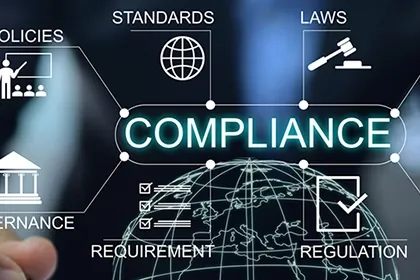In large organizations and public or private companies, precise management of meetings, resolutions, legal documents, and contracts is of great importance. Although the Meeting Management System and Contract Management System are both designed to enhance transparency and efficiency, each has its own area of focus and specific functionalities. In this article, we will explore the differences, similarities, and applications of each.
What is the Meeting Management System?
The Meeting Management System is a software tool for managing official meetings, councils, and boards of directors. This system enables the scheduling of meetings, recording of minutes, archiving of documents, and tracking of resolutions.
- Sending invitations and setting the agenda
- Recording attendance and absence of members
- Recording and tracking resolutions along with implementation status
- Archiving minutes and audio-visual files
- Management dashboard for monitoring meetings and resolutions
- Managing and archiving company members and their positions
What is the Contract Management System?
The Contract Management System is a digital solution for managing the complete lifecycle of contracts. This system covers the status and accounting of contracts.
- Connecting to the contract system and displaying details of each contract
- Reporting and displaying contracts and appendices
- Displaying contractors and contract parties
- Analytical reporting on the status of contracts
Key Differences Between the Meeting and Contract Systems
| Subject | Meeting Management System | Contract Management System |
|---|---|---|
| Focus Area | Meetings, councils, and resolutions | Contracts, contractors, and obligations |
| Main Output | Minutes, resolutions, meeting reports | Contracts, statements of account, financial reports |
| Main Users | Managers, board members, secretariats | Legal, financial, contracts, and contracting units |
| Management Cycle | Planning, conducting, and tracking meetings | Creation, signing, execution, extension, and termination of contracts |
| Importance in Organization | Decision-making and corporate governance | Management of legal and financial obligations |
Similarities Between the Meeting and Contract Systems
- Both operate in line with digital transformation of the organization.
- Both increase transparency and reduce risk.
- Both allow for analytical reporting and include a management dashboard.
- Both have the capability to connect to other systems such as BPMS, financial, and HR systems.
Practical Applications
Organizations can use both systems either independently or in combination:
- Ministries: General assembly meetings and management of large contracts
- Contracting companies: Project management and contracting
- Banks and insurance companies: Board of directors meetings and investment contracts
- Universities: Board of trustees meetings and research contracts
Advantages of Combined Use
- Integration of management decisions with executive contracts
- Increased coordination between the board and the legal unit
- Complete transparency from the decision-making stage to contract execution
- Reduction of redundancy and human error
Frequently Asked Questions
This issue depends on the needs of the organization. If the main challenge is meeting management, the Meetings System takes priority. If the problem is with contracts, the Contracts System is a priority, but you can have both of these systems together with the Dynamic Solutions Company’s Meetings and Contracts Management System.



